Spring Brings a Wave of Baby Animals to the Zoo
Seven different endangered species born so far at the National Zoo and the Smithsonian Conservation Biology Institute
Spring at the Smithsonian's National Zoo brings more than just flowers and rain. The season of adorable baby animals has arrived with a sudden wave of new births of endangered species.
A Przewalski's horse gave birth May 9 to a leggy foal at the Zoo's Smithsonian Conservation Biology Institute (SCBI) in Front Royal, Virginia. These wild horses, native to Asia, are probably representative of the ancestors of domesticated horses. They went completely extinct in the wild and were reduced to only 14 individuals in the mid-1940s, but today there is a reintroduced population of about 300 in the wild and more than 1,500 in captivity. This latest filly is the 40th foal born at SCBI.
Two baby maned wolf pups were born at the Zoo on May 4 and are doing well. Maned wolves look like foxes but are actually a distinct type of canid that is neither a wolf nor a fox. Native to the grasslands of South America, these long-legged omnivores are considered vulnerable in the wild due to loss of habitat and incursion by roads and domestic dogs that can transmit diseases to them. The sex of the pups will not be known until they are first examined by a veterinarian at six weeks of age.
The latest litter of seven black-footed ferret kits was also born at SCBI. It will be another week or so before their eyes open for the first time. Black-footed ferrets went extinct in their native range in the American West but have been re-introduced thanks to a constant stocking program that is supplied with animals bred at several different zoos, including SCBI. Their susceptibility to sylvatic plague means that the wild population will always be dependent on new releases of immunized ferrets from zoos.
A scimitar-horned oryx calf was born Tuesday night. Its sex is still unknown. Smithsonian's captive population has been very important for survival of the species because they serve as a test group for conservation technology. Members of the captive population at SCBI wore radio collars for years to make sure that they would work properly on other oryxes that would later be released in Chad. A small wild population has now been re-established.
Three species of bird have also delighted SCBI staff with new-born chicks.
A lone white-naped crane chick was born to parents Brenda and Eddie (also cranes) on April 26. With eyes already open, the chick is now steady on its feet and resembles a fuzzy baby goose. SCBI specializes in breeding cranes that have injuries or behavioral problems that would make them difficult for most zoos to handle but that have DNA that is deemed valuable to the population. This helps to preserve unique genes and ensure a healthy future for a species with only about 5,000 individuals left in the wild.
The very first red siskin chick ever born at SCBI hatched in mid-April. It is the lone survivor of a clutch of three eggs. Two other chicks hatched but died soon after birth. The first red siskins just arrived at SCBI in 2015. Smithsonian hopes to eventually breed enough red siskins to support a reintroduction program and bolster the wild population in South America. Estimates of wild numbers vary from as low as 600 to around 5,000 breeding pairs.
SCBI has also welcomed a new pair of loggerhead shrike chicks on April 4. These baby birds will grow up to be cute, grisly little predators. Shrikes, also known as butcher birds, are known for killing insects, lizards, small mammals, amphibians and other birds and impaling their bodies on thorns or barbed wire. In the past, loggerhead shrikes were very common birds across North America. Their numbers overall are down by 70 percent. The eastern subspecies of loggerhead shrike, native to Canada, is one of the most endangered birds on the planet. SCBI has supplied chicks to the Toronto Zoo in the past for their reintroduction program. The pair of new babies have not yet been assessed for their suitability for reintroduction.
/https://tf-cmsv2-smithsonianmag-media.s3.amazonaws.com/accounts/headshot/JacksonLanders.jpg)
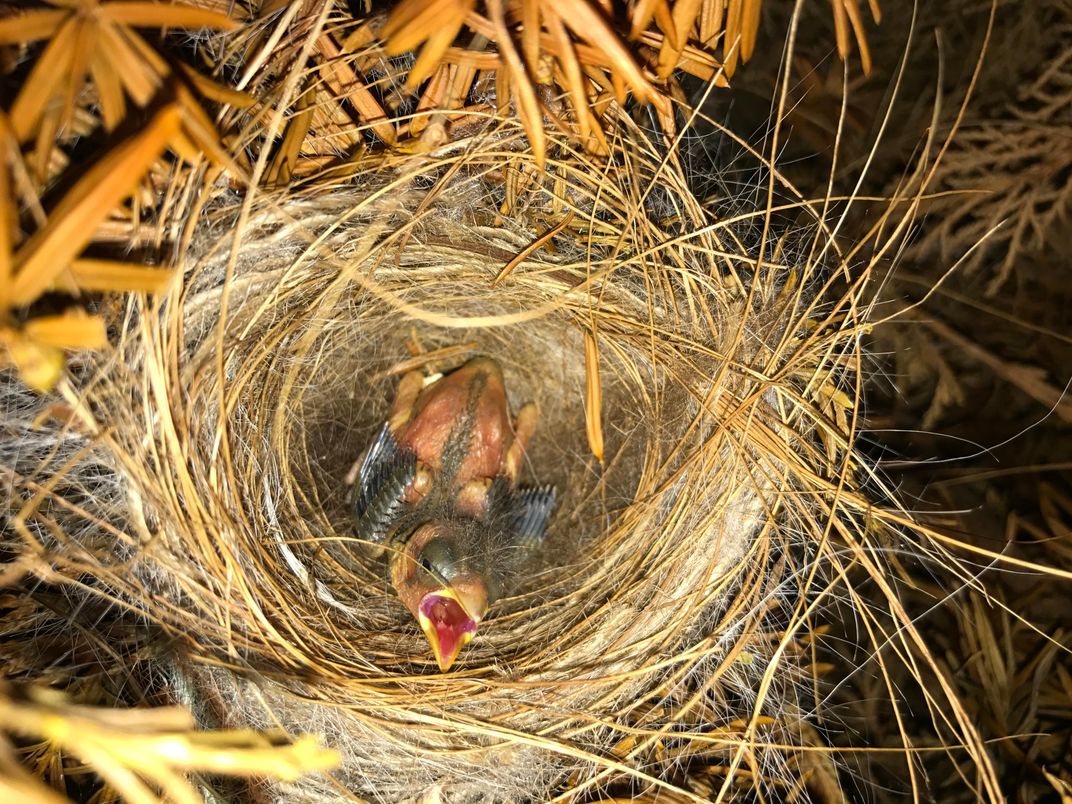
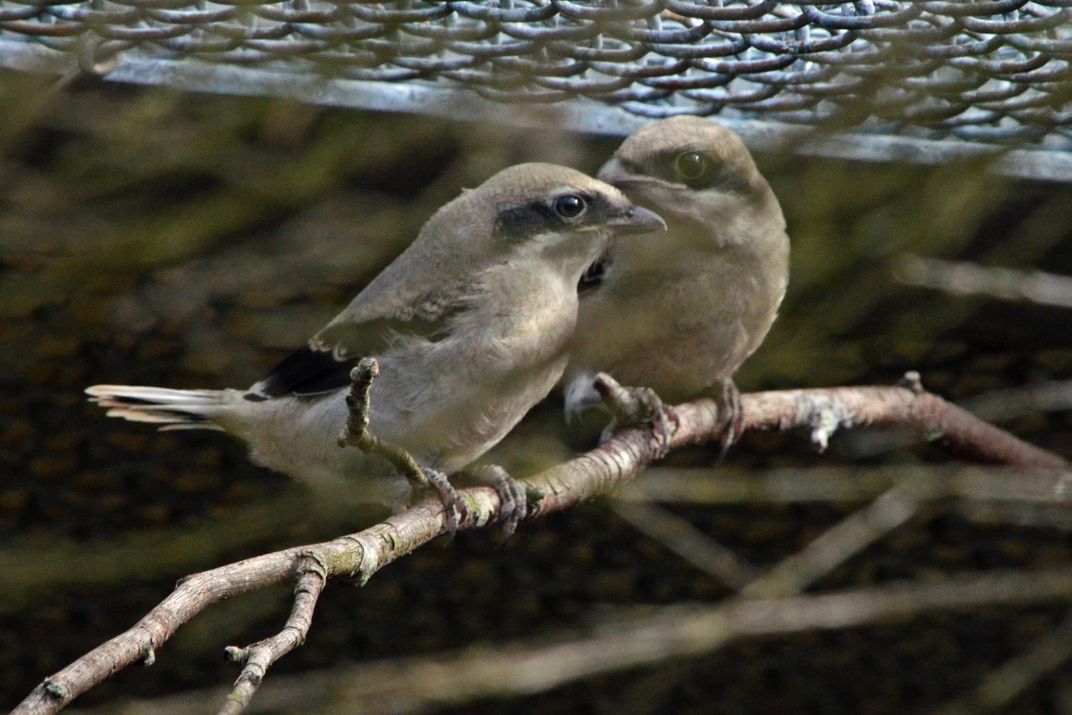
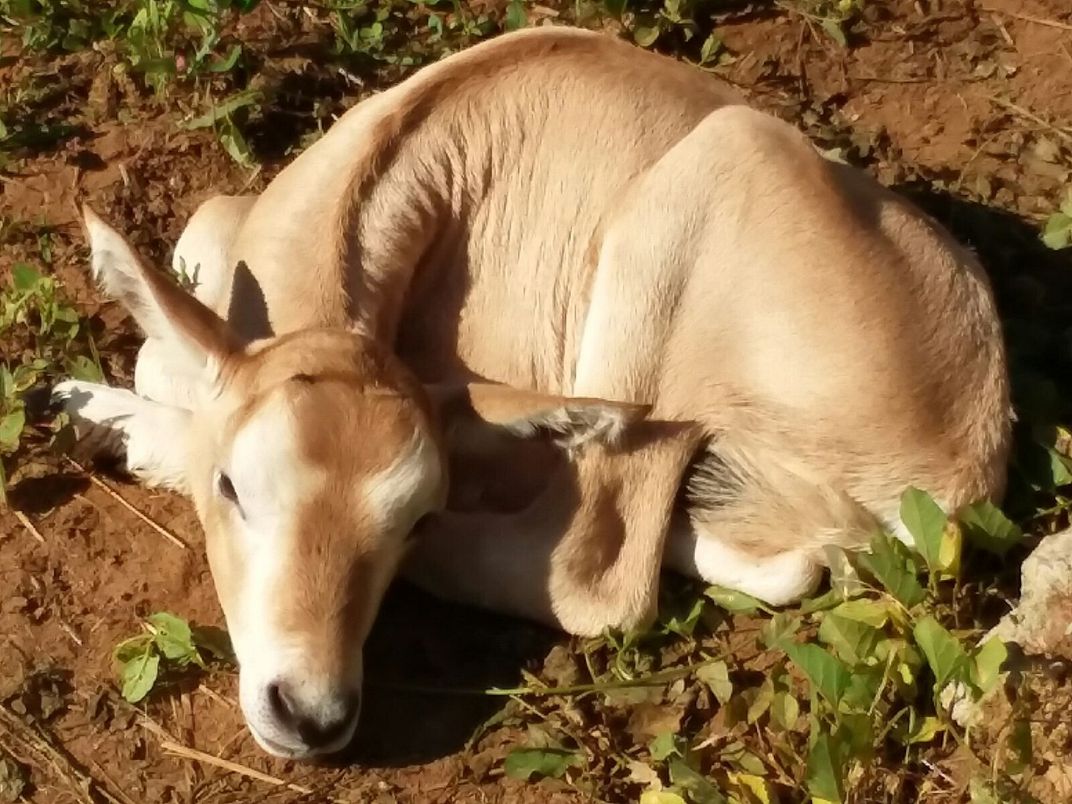
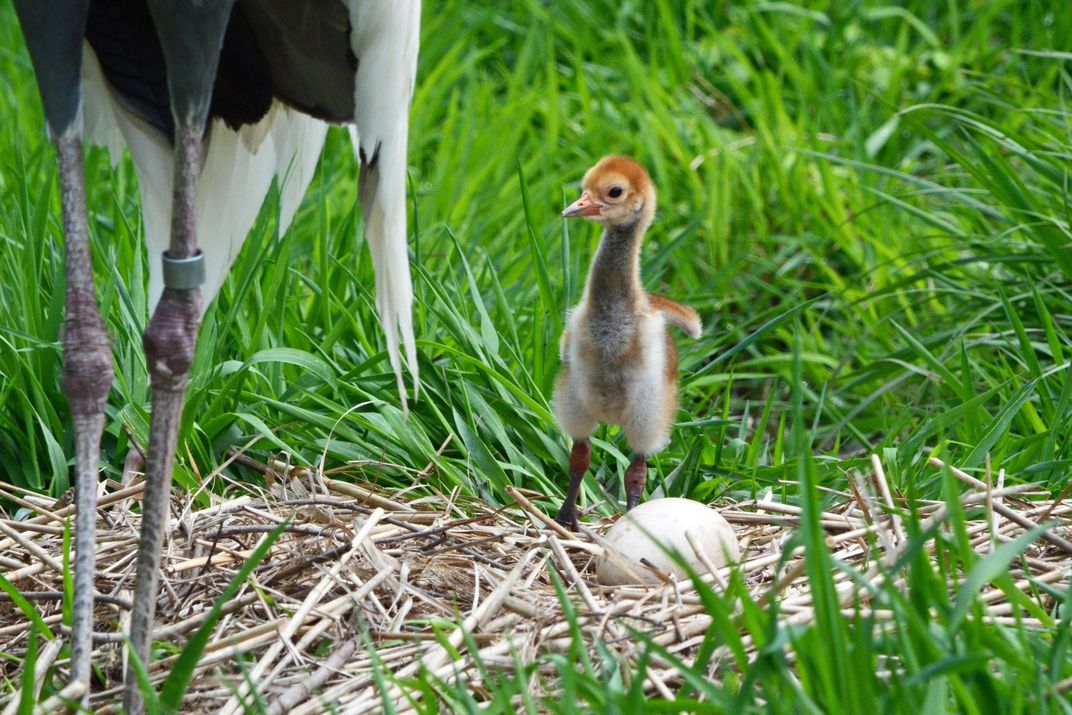
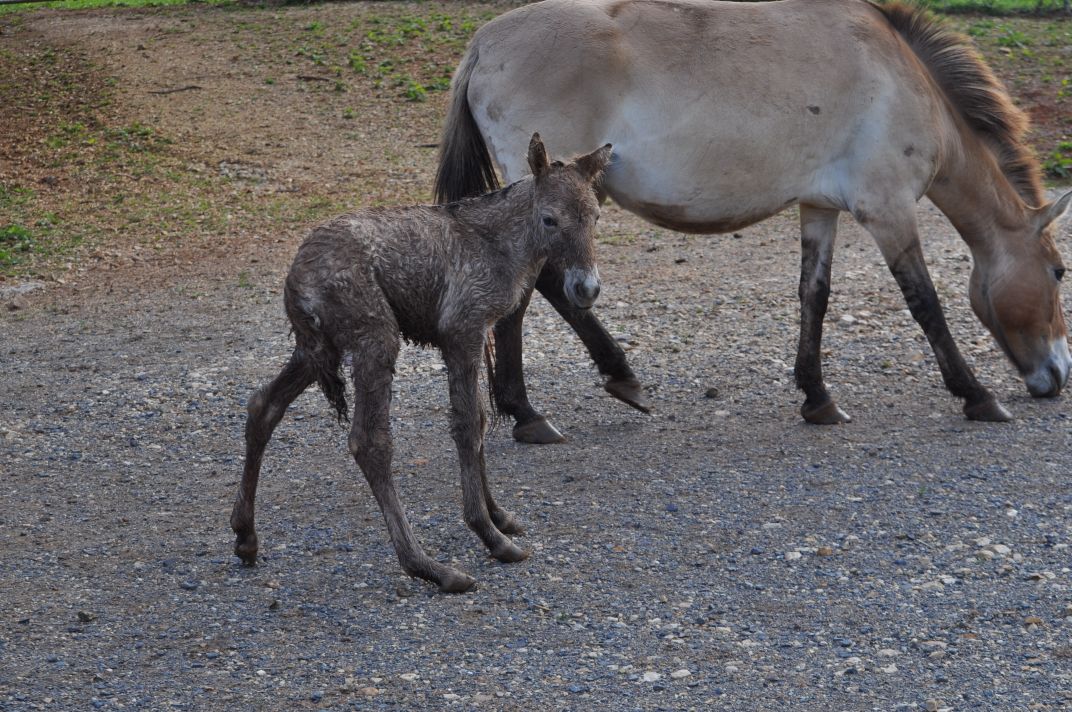
/https://tf-cmsv2-smithsonianmag-media.s3.amazonaws.com/accounts/headshot/JacksonLanders.jpg)